In recent years, the development of large language models (LLMs) has dominated the landscape of artificial intelligence. These models, capable of generating human-like text, have revolutionised industries ranging from customer service to content creation.
However, as we stand on the brink of a new era in AI, it’s becoming increasingly clear that the world doesn’t need more LLMs; it needs AI that enables AI.
This shift in focus could unlock unprecedented efficiencies and innovations, addressing complex global challenges with solutions that transcend mere imitation of human language.
The Proliferation of Large Language Models
Large language models have undeniably transformed how we interact with technology. From chatbots that provide 24/7 customer support to tools that assist in writing and research, LLMs have made significant strides in understanding and generating human language. Their ability to process vast amounts of data and produce coherent responses has been nothing short of revolutionary.
Yet, as impressive as these capabilities are, the rapid proliferation of LLMs has led to a saturation point.
Many organisations are developing similar models with overlapping functionalities, contributing to a landscape where quantity often overshadows quality. While these models are adept at mimicking human language, they fall short in fostering deeper collaboration and innovation.
The Need for AI Enabling AI
The true potential of artificial intelligence lies not in creating more standalone models but in developing systems where AI can enable and enhance other AI technologies.
This approach involves designing AI systems that can work together, leveraging each other’s strengths to solve complex problems more efficiently and effectively.
Imagine an ecosystem where different AI models collaborate seamlessly—an AI for data analysis working alongside an AI for natural language processing, each enhancing the other’s capabilities. This synergy could lead to breakthroughs in fields such as healthcare, climate science, and education, where multifaceted challenges require integrated solutions.
Unlocking New Efficiencies
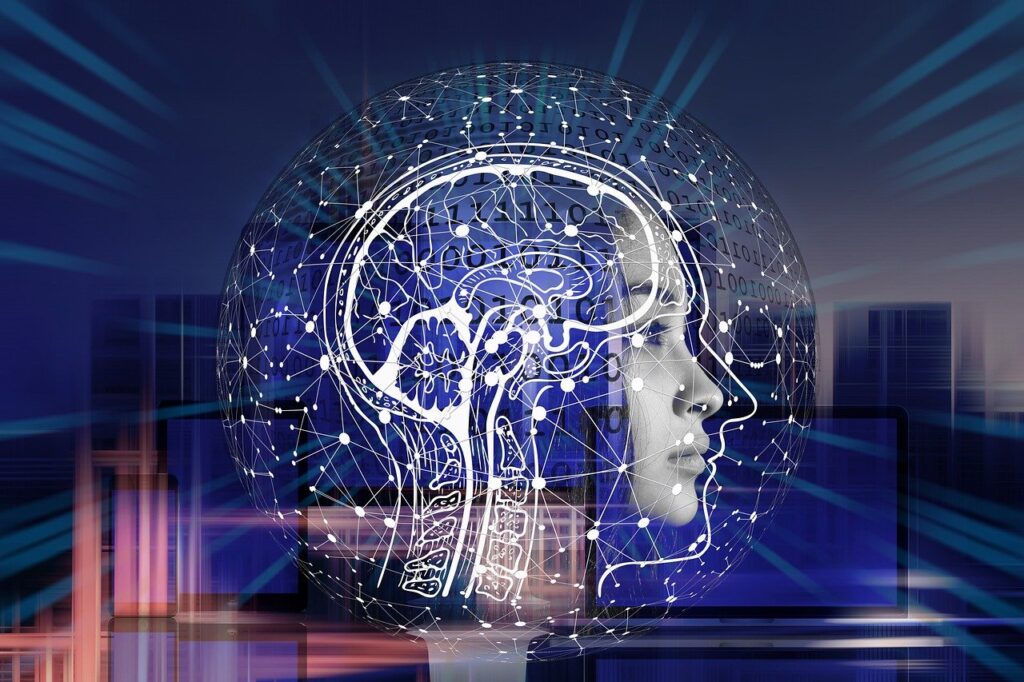
By focusing on AI enabling AI, we can unlock efficiencies that were previously unimaginable.
Consider the potential for reducing redundancy: instead of multiple models performing similar tasks independently, interconnected systems could share insights and optimise processes in real-time. This would not only save resources but also accelerate innovation by allowing researchers and developers to build upon each other’s work more effectively.
Moreover, AI systems designed to enable other AIs could adapt more quickly to new information and changing environments.
This adaptability is crucial in fields like disaster response or personalised medicine, where timely and accurate decision-making can have life-saving implications.
Addressing Complex Global Challenges

The world faces numerous complex challenges that require innovative solutions—climate change, global health crises, and economic inequality, to name a few. These issues are multifaceted and interconnected, demanding approaches that go beyond isolated efforts.
AI systems that enable other AIs can offer holistic solutions by integrating diverse data sources and analytical perspectives.
For instance, in tackling climate change, an interconnected AI system could combine meteorological data analysis with predictive modelling of economic impacts and social behaviour patterns. Such comprehensive insights could inform more effective policy decisions and sustainable practices.
Shifting Focus: From Quantity to Quality
To realise this vision, we must shift our focus from developing more LLMs to enhancing the quality and interoperability of existing AI systems. This involves prioritising research into how different AIs can communicate and collaborate effectively. It also requires investment in infrastructure that supports seamless integration and data sharing across platforms.
Furthermore, ethical considerations must guide this transition. As we build more interconnected AI systems, ensuring transparency, accountability, and fairness becomes paramount. By embedding these principles into the design process from the outset, we can create AI ecosystems that not only drive innovation but also uphold societal values.
Conclusion: Embracing a New Era of AI
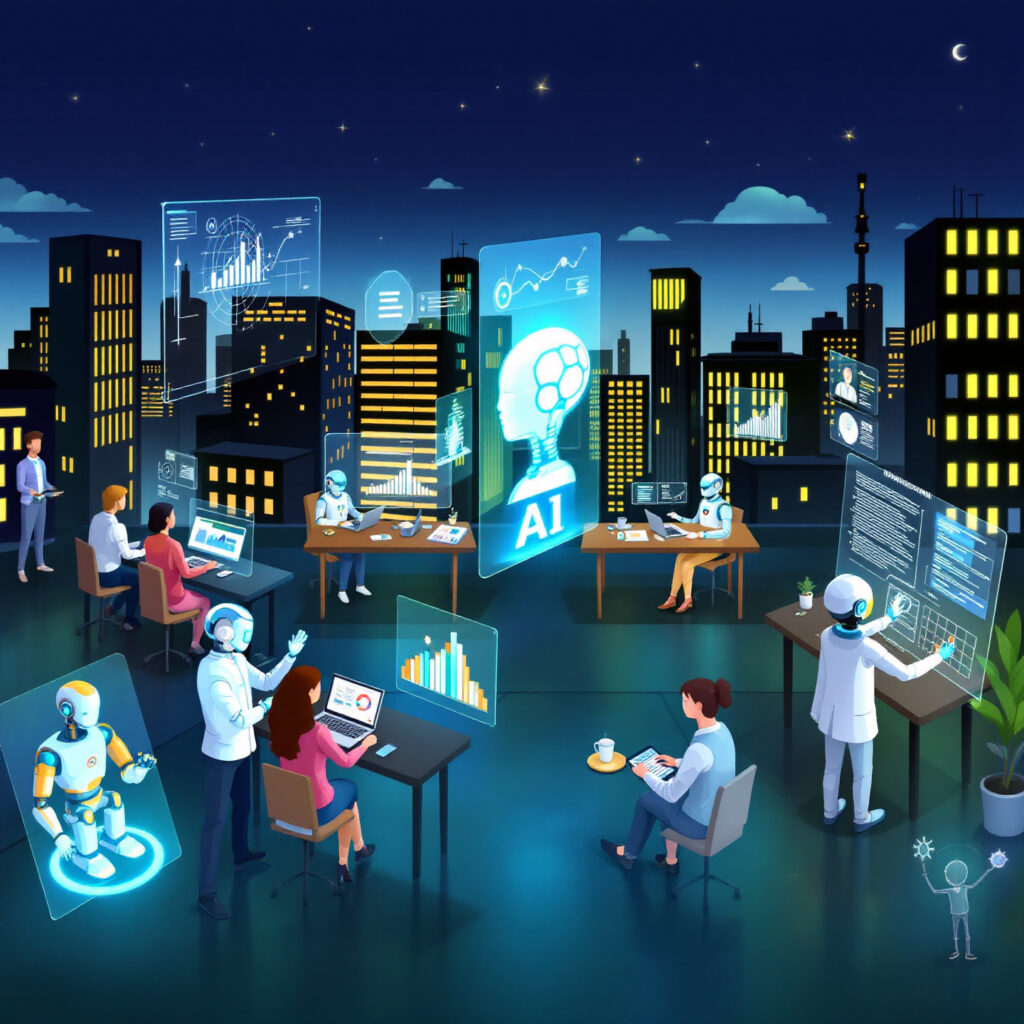
As we look towards the future of artificial intelligence, it’s clear that the path forward lies not in multiplying large language models but in fostering environments where AI can enable other AIs.
By embracing this approach, we can unlock new efficiencies, address complex global challenges with integrated solutions, and ultimately drive meaningful transformation across industries and societies.
In this new era of AI development, let us prioritise collaboration over competition and quality over quantity. By doing so, we can harness the full potential of artificial intelligence to create a better world for all.
Kunavv.Ai Consulting
Kunavv.ai is leading the charge in AI consulting by offering innovative, tailored solutions that drive business growth and efficiency. Specialising in AI orchestration, Kunavv.ai enables seamless integration of diverse AI models, allowing businesses to reengineer workflows and processes effectively. Through its advanced capabilities like Retrieval Augmented Generation and automated model composition, Kunavv.ai ensures that organisations can harness cutting-edge AI technology without extensive technical expertise. This approach empowers businesses to stay ahead in the rapidly evolving AI landscape, maintaining a competitive edge while fostering innovation and transformation across industries.
If you would like to know how Kunavv.Ai could help you contact quentin@kunavv.ai

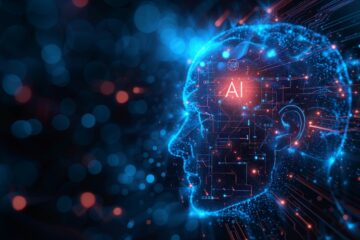
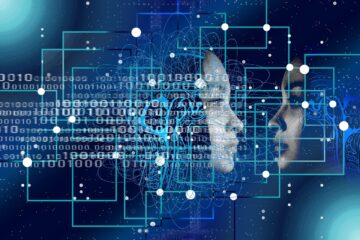
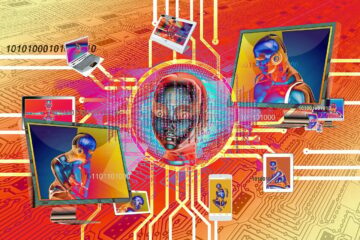

0 Comments